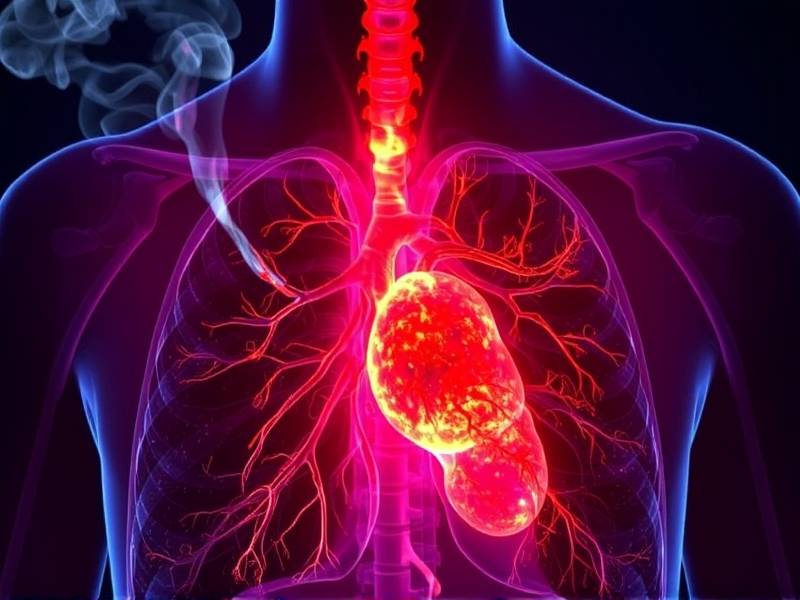Does Quitting Smoking and Reducing Sugar Intake Stabilize the Progression of Coronary Plaque?
The Synergistic Impact of Smoking Cessation and Sugar Reduction on Coronary Plaque Progression
Introduction: The prevalence of cardiovascular diseases, particularly coronary artery disease (CAD), has been a major public health concern. CAD is primarily caused by the buildup of plaques in the coronary arteries, which can lead to heart attacks and other life-threatening conditions. Recent studies have suggested that quitting smoking and reducing sugar intake could play a significant role in stabilizing the progression of these plaques. This article delves into this emerging topic, exploring the potential synergies between these two lifestyle changes.

I. The Role of Smoking in Coronary Plaque Formation Smoking is a well-known risk factor for CAD. It contributes to plaque formation by promoting inflammation, oxidative stress, and endothelial dysfunction within the arterial walls. The chemicals present in cigarettes can cause damage to the lining of the arteries, leading to an accumulation of fats, cholesterol, and cellular debris that form plaques.

II. Sugar Intake and its Effects on Coronary Plaque Progression Emerging research indicates that excessive sugar consumption may also contribute to CAD by promoting inflammation and altering lipid metabolism. High sugar intake has been linked to increased levels of triglycerides, which are a component of plaques.
III. The Synergistic Impact: Quitting Smoking and Reducing Sugar Intake By combining smoking cessation with sugar reduction, individuals may experience a more profound impact on stabilizing coronary plaque progression.
A. Reduced Inflammation Both smoking cessation and sugar reduction have been shown to decrease inflammation in the body. By eliminating tobacco smoke exposure and reducing sugar intake, individuals may experience lower levels of systemic inflammation, which can help prevent plaque growth.
B. Improved Endothelial Function Endothelial dysfunction is a key factor in CAD development. Both lifestyle changes can enhance endothelial function by improving blood flow and reducing oxidative stress.
C. Optimized Lipid Profile Reducing sugar intake can lead to improved lipid profiles by lowering triglyceride levels and increasing high-density lipoprotein (HDL) cholesterol levels.
IV. Practical Tips for Combating Smoking and Sugar Intake To maximize the benefits of quitting smoking and reducing sugar intake, here are some practical tips:
A. Seek Support Joining support groups or seeking professional help can make it easier to quit smoking. B. Gradual Sugar Reduction Gradually reduce your sugar intake by choosing healthier alternatives like fruits instead of sugary snacks. C. Stay Active Regular exercise can help improve cardiovascular health by enhancing blood flow and reducing plaque formation.
Conclusion: Quitting smoking and reducing sugar intake appear to be effective strategies for stabilizing the progression of coronary plaque in individuals at risk for CAD. By addressing these two significant risk factors simultaneously, individuals may experience better overall cardiovascular health outcomes.
